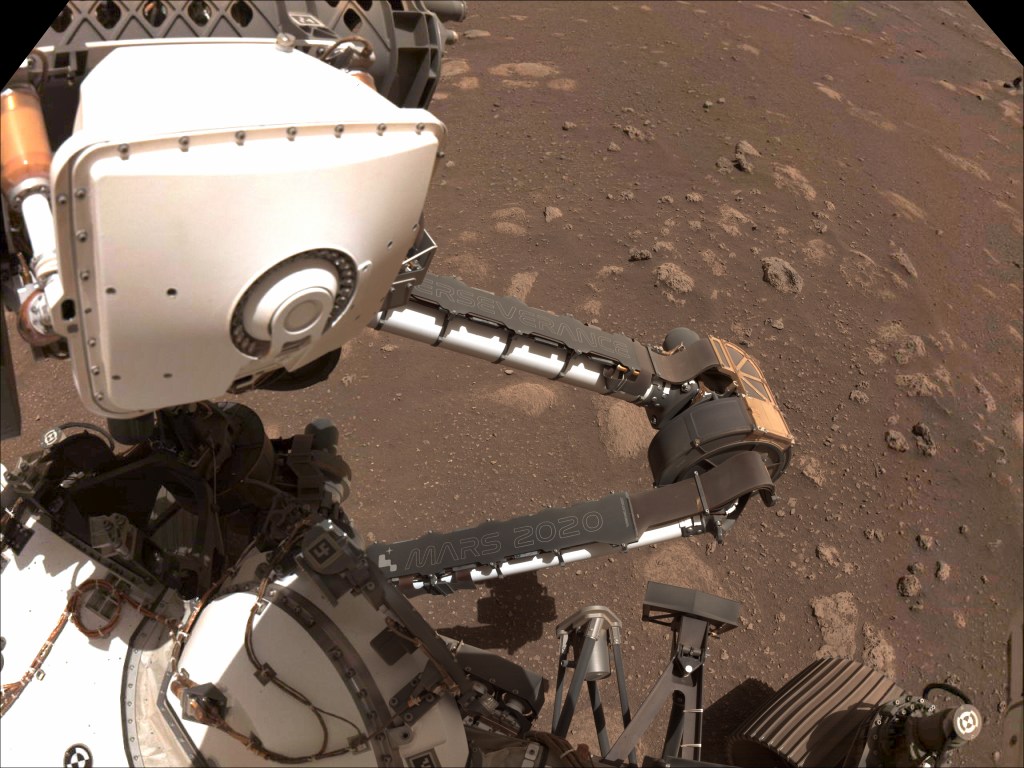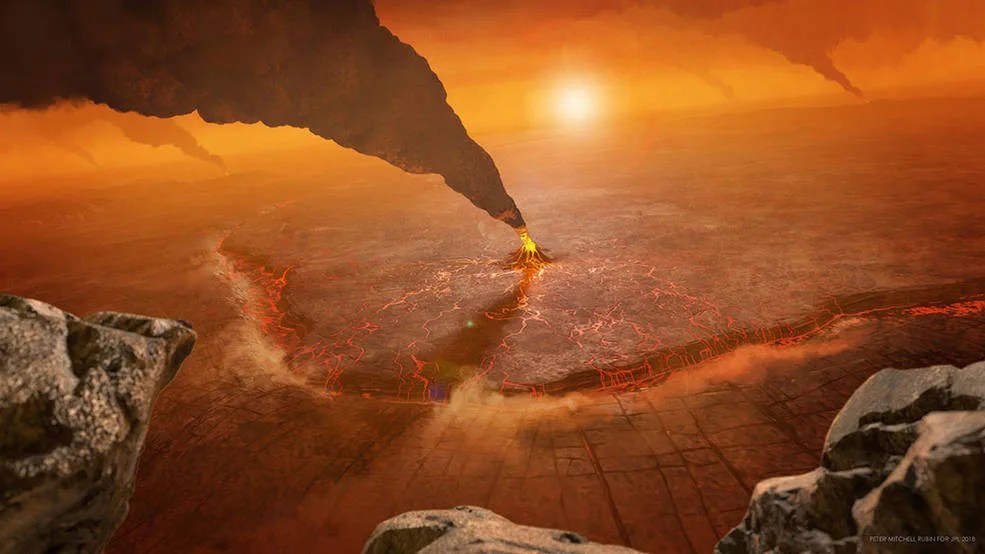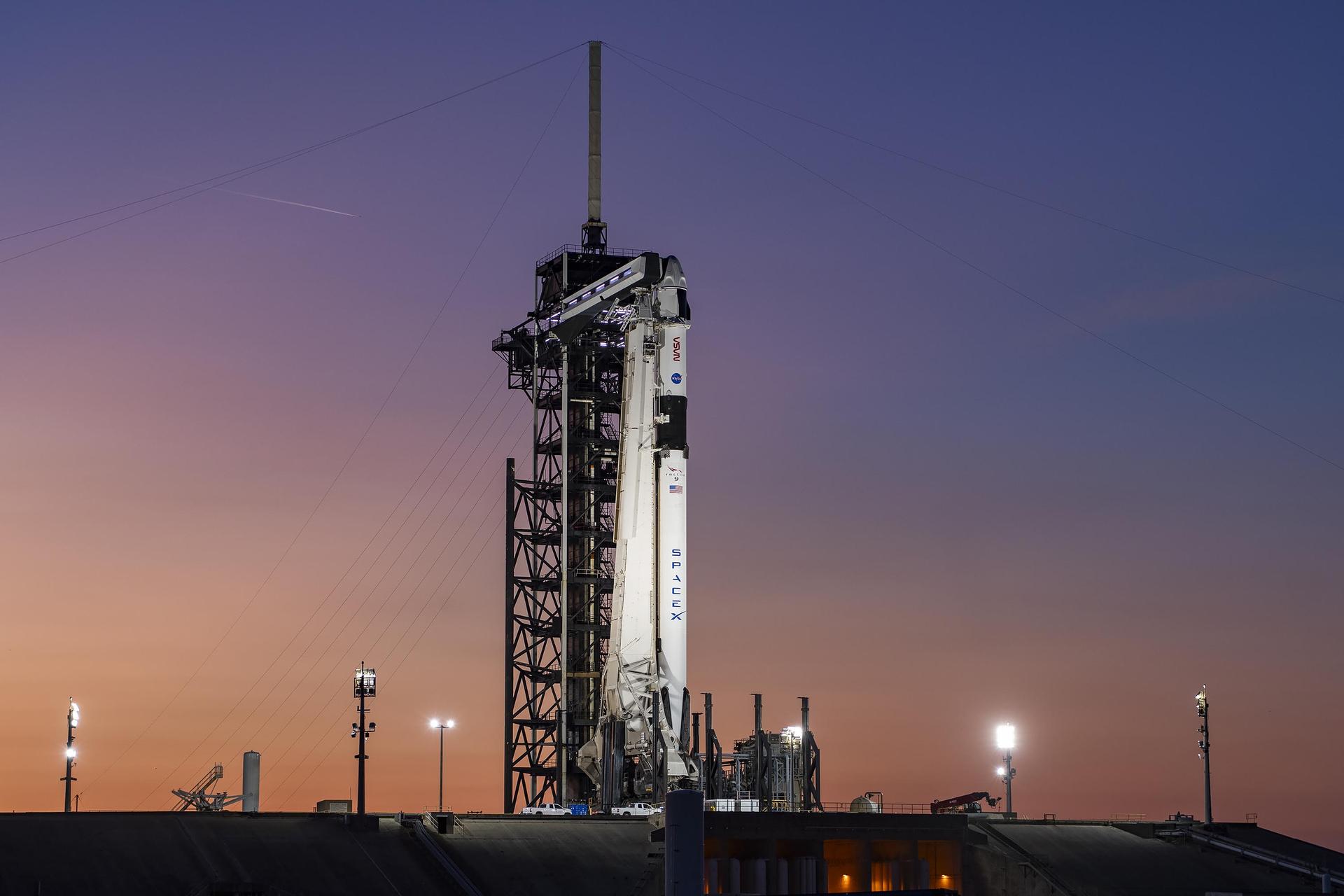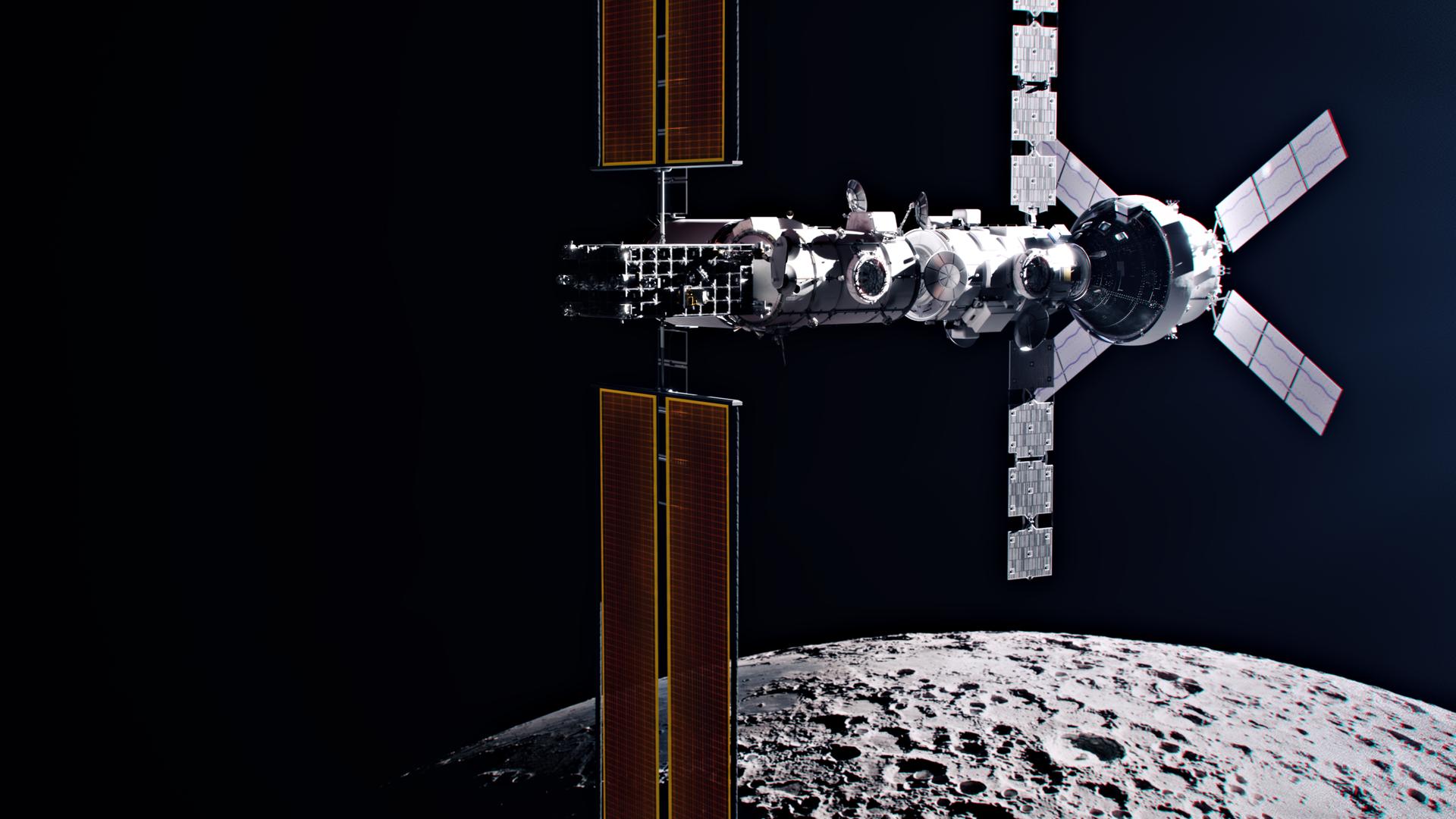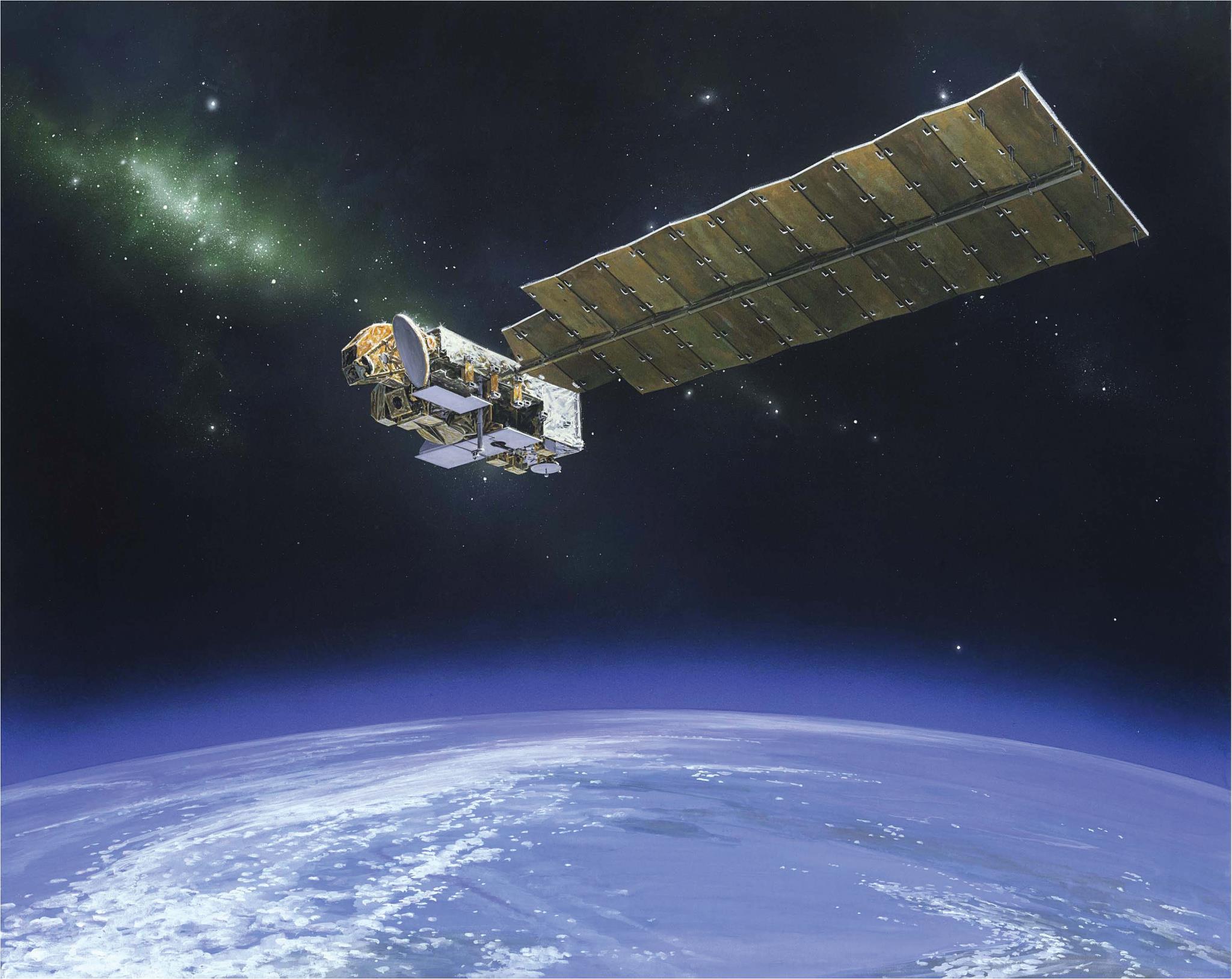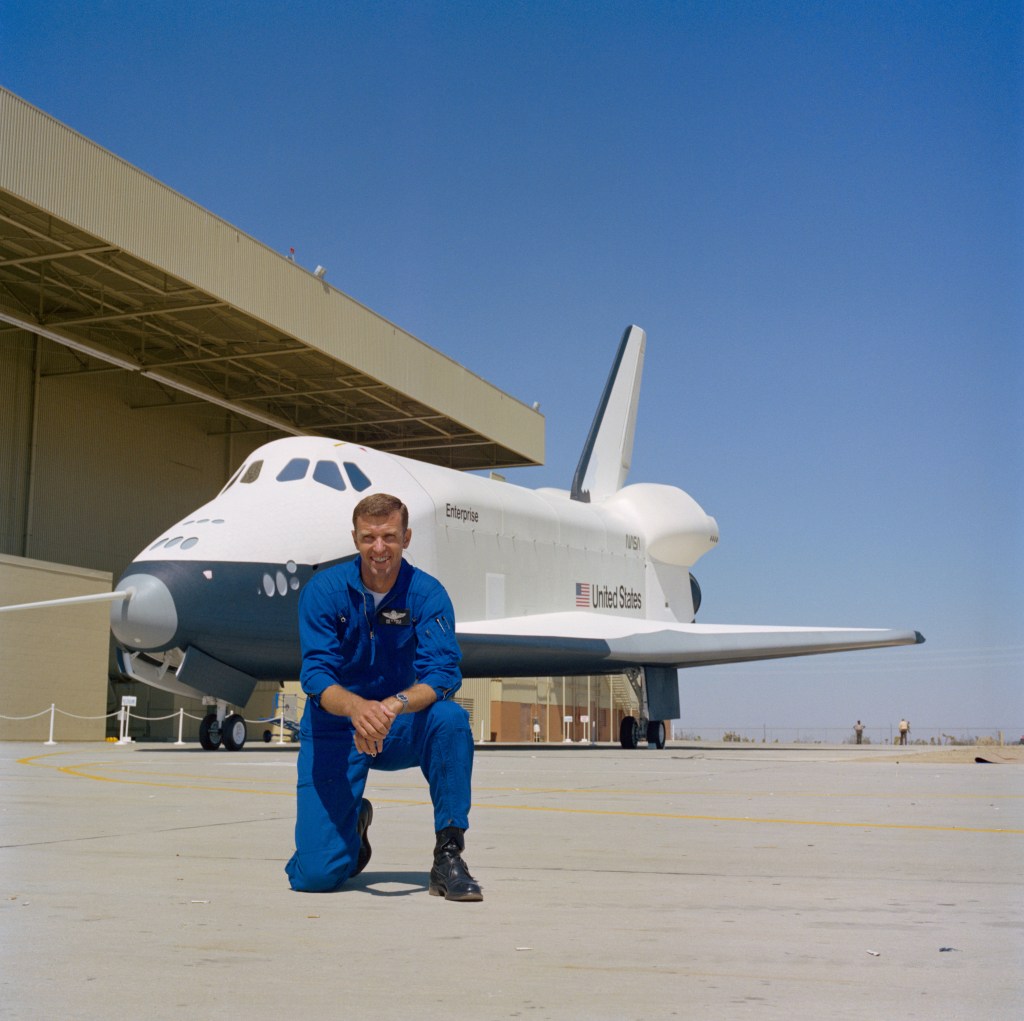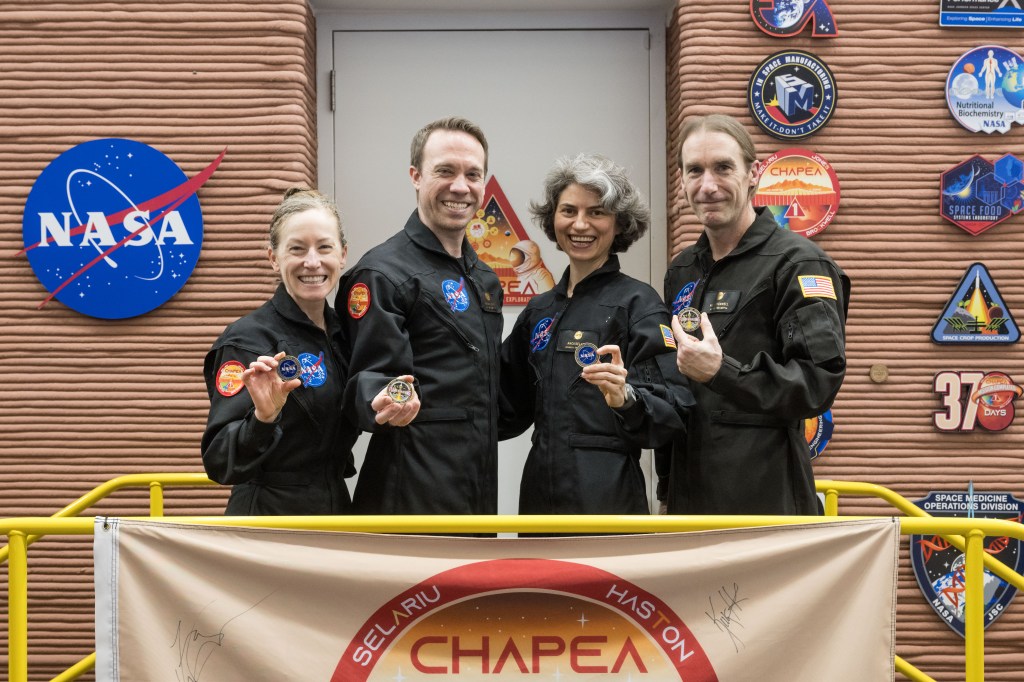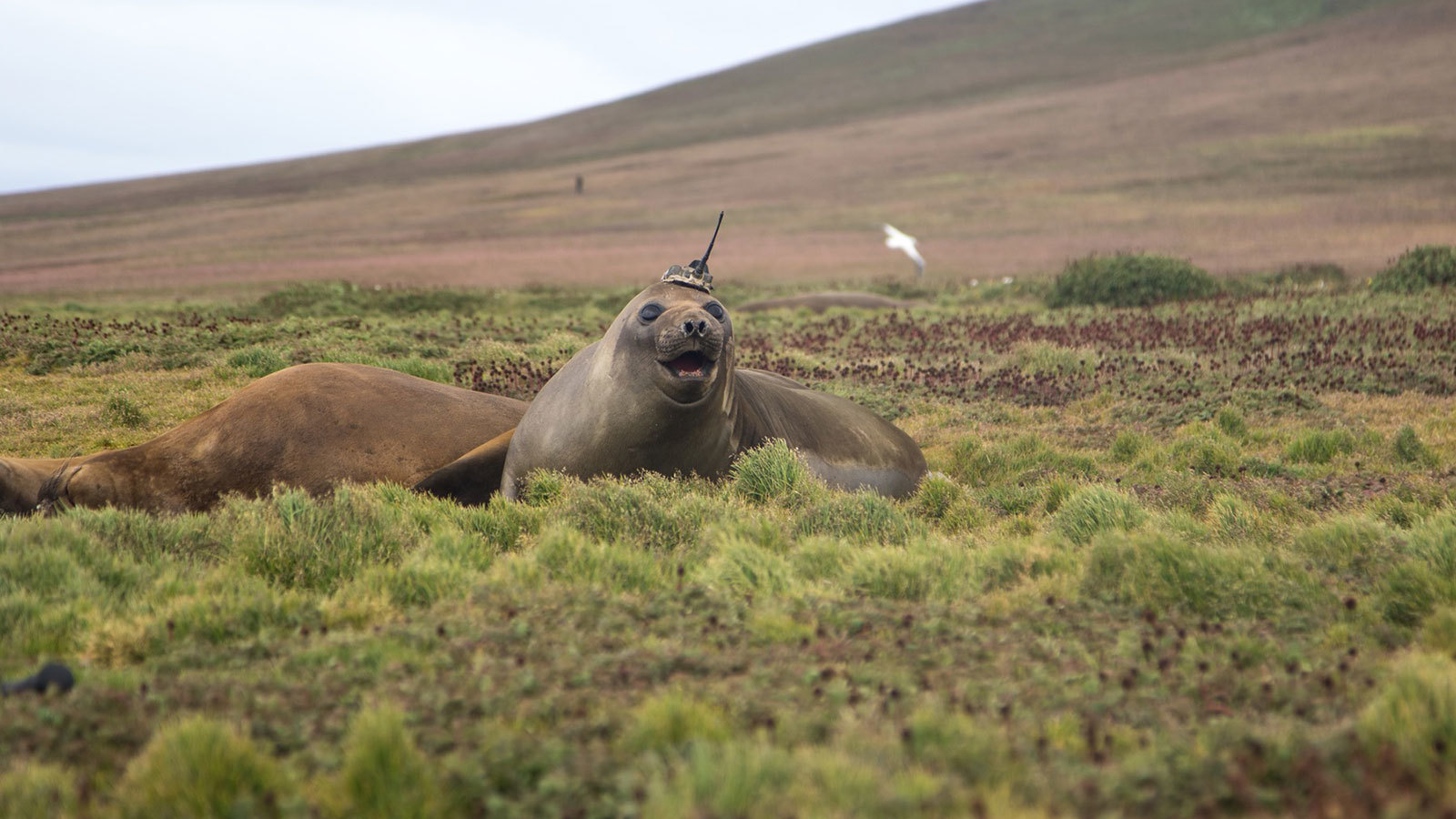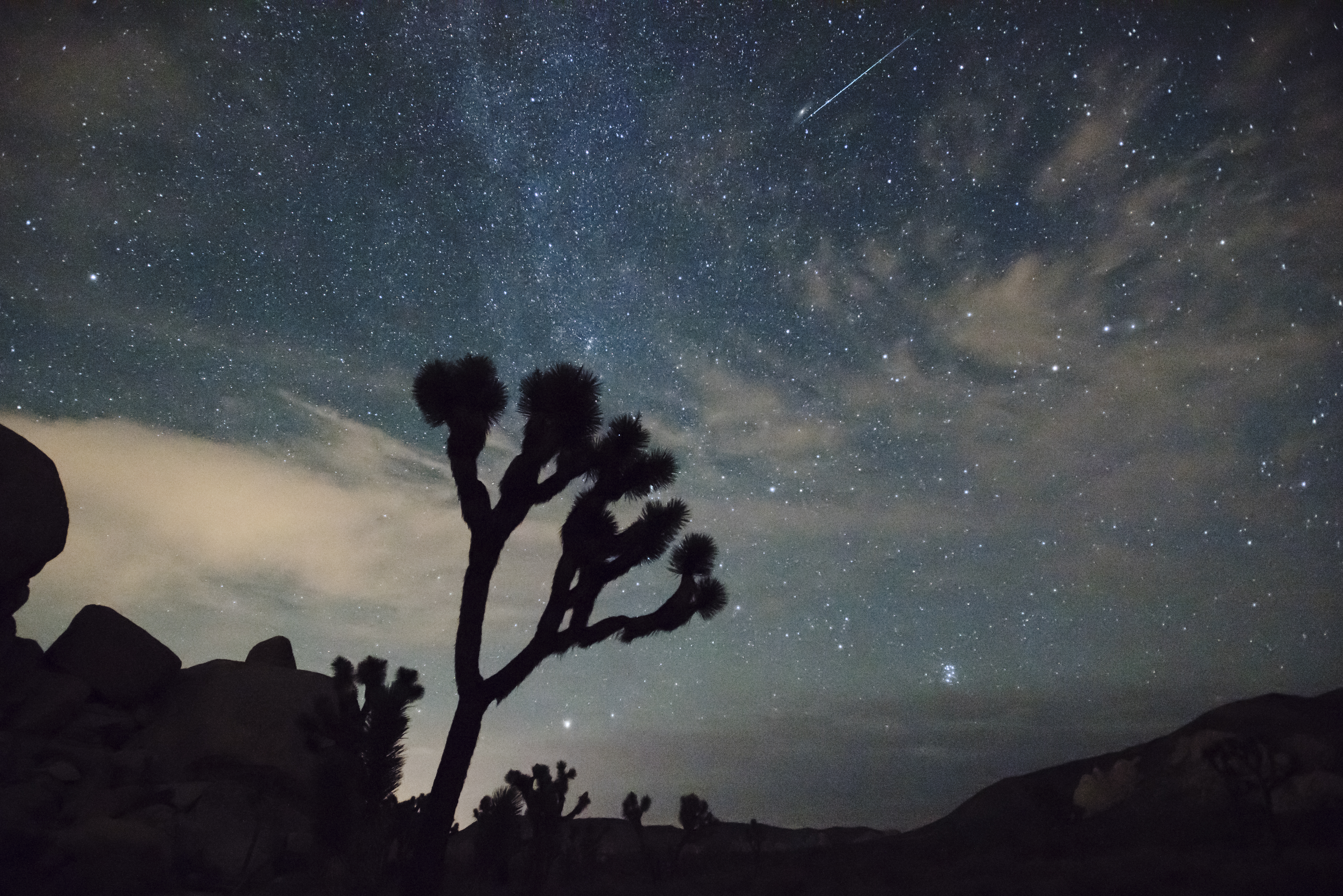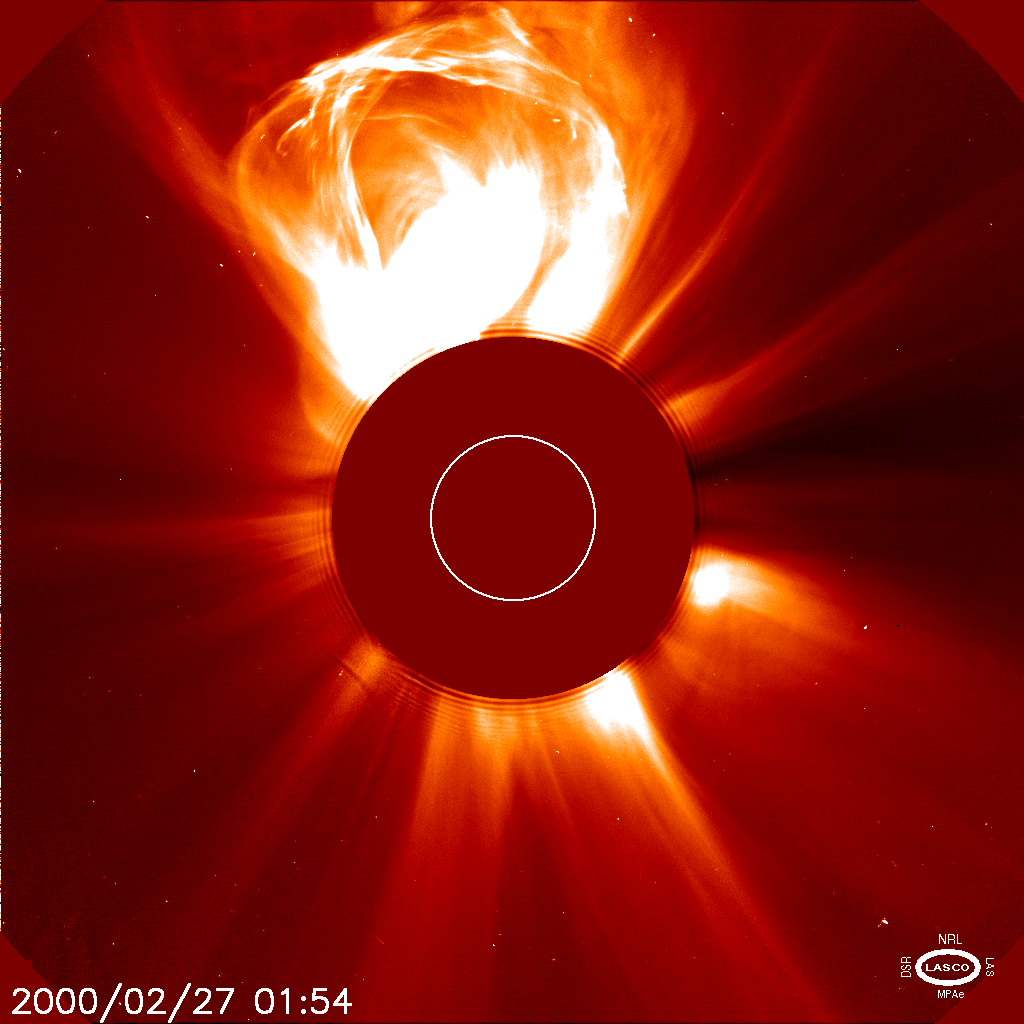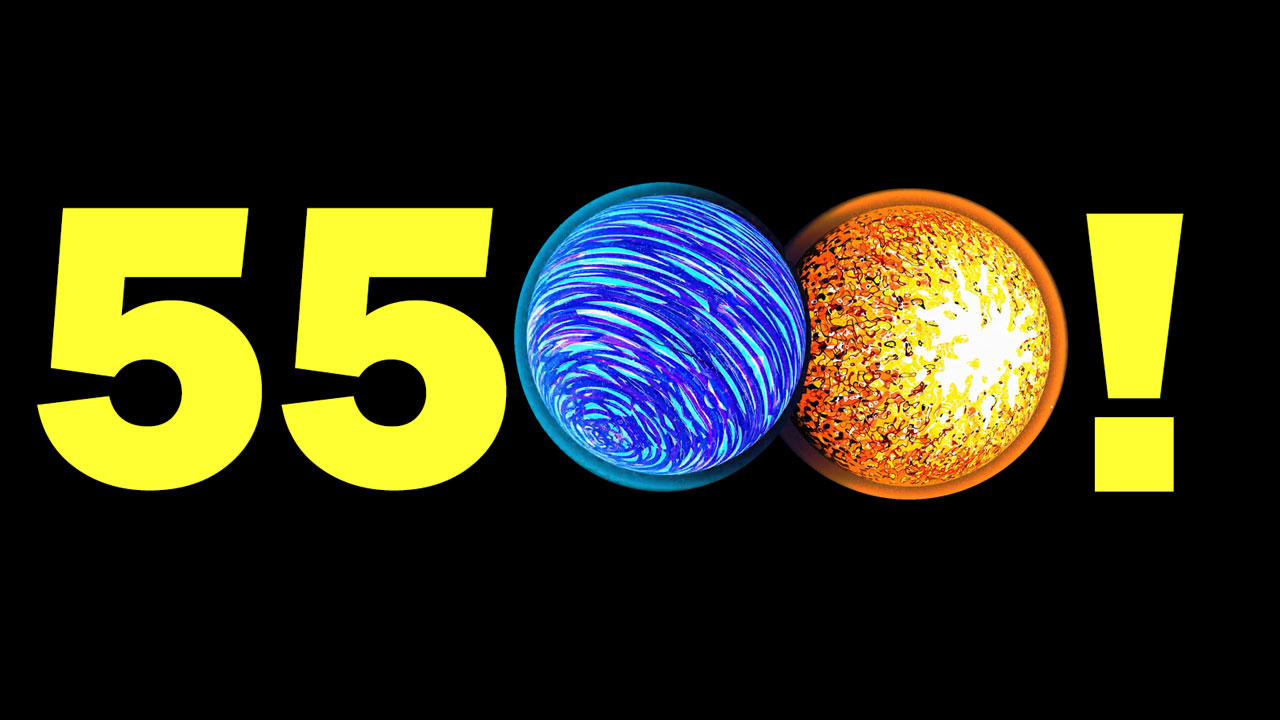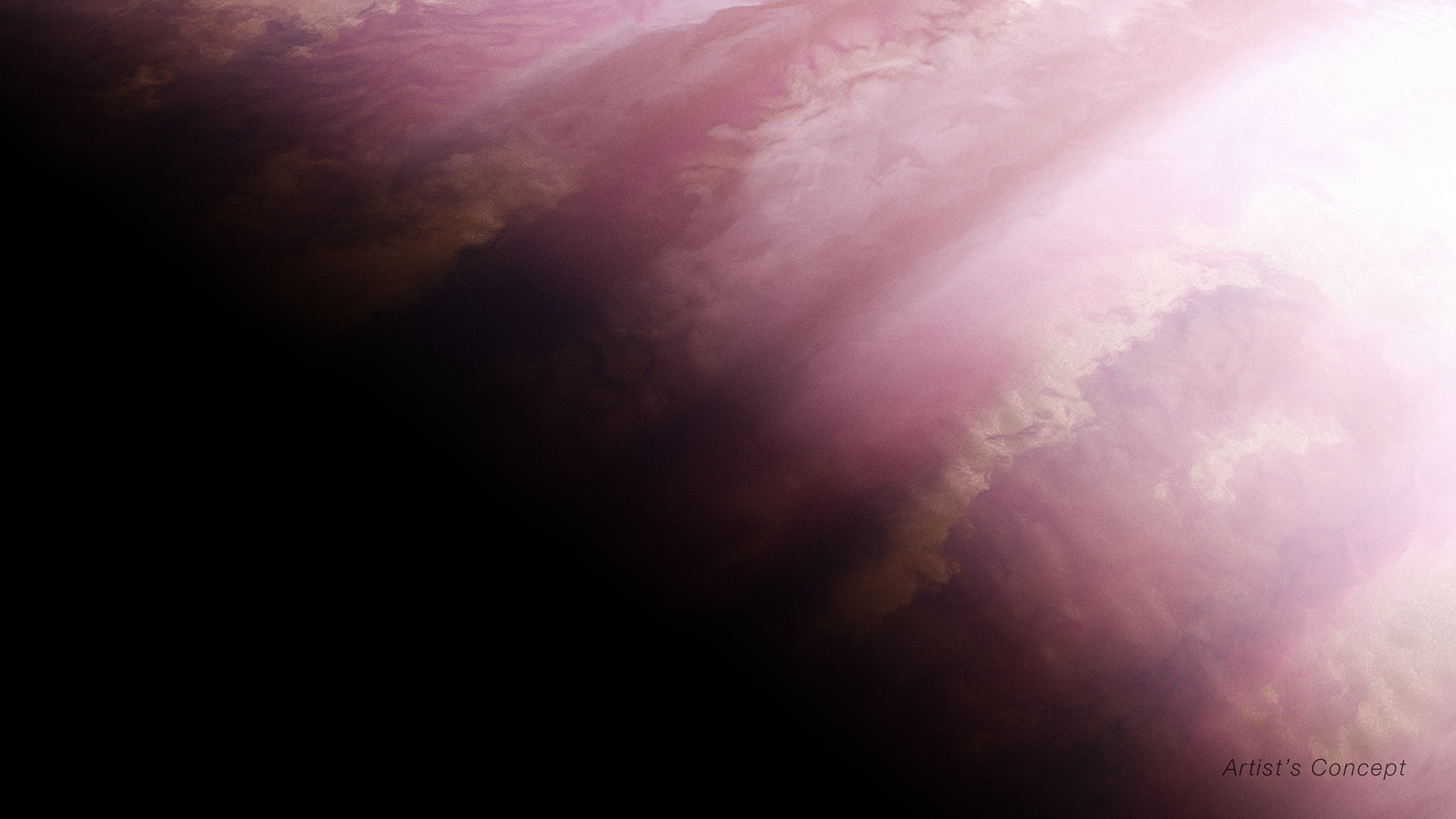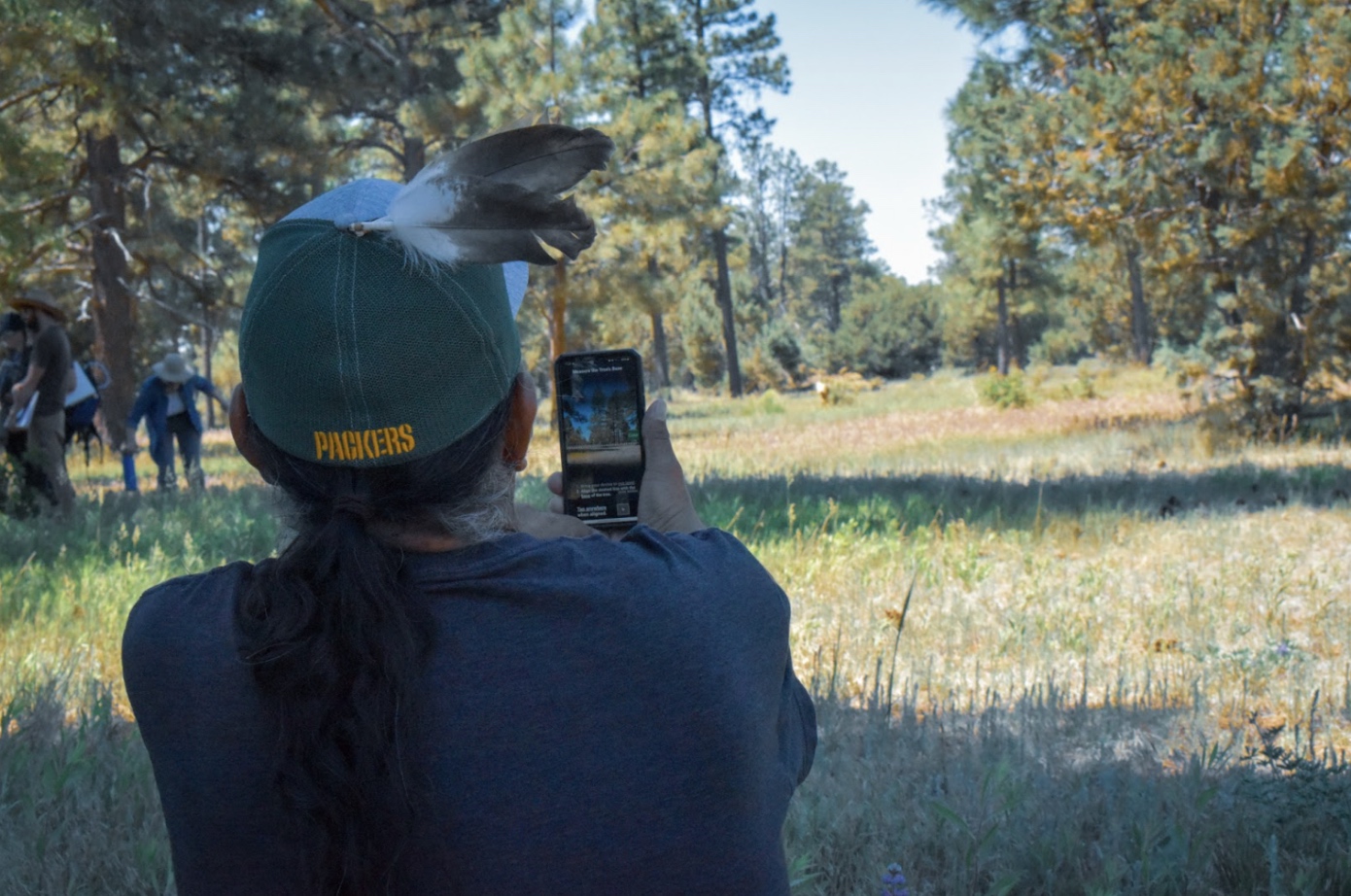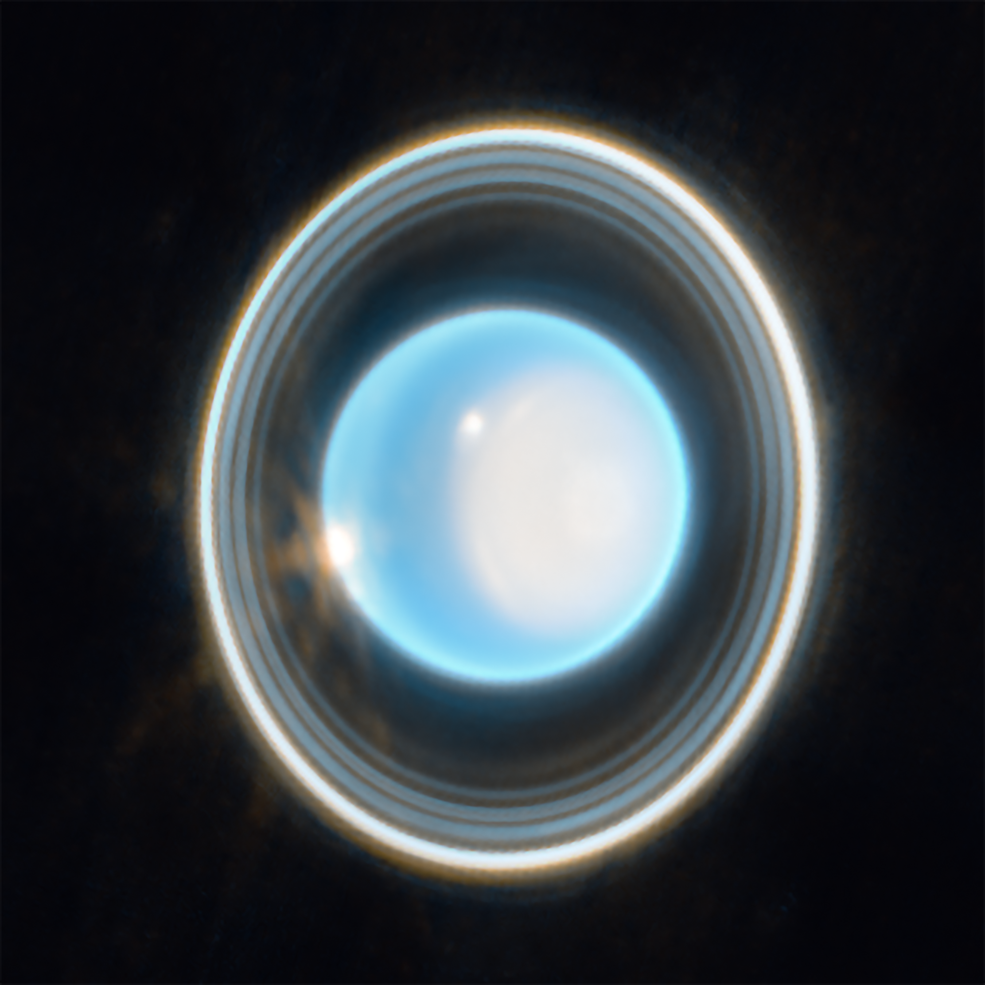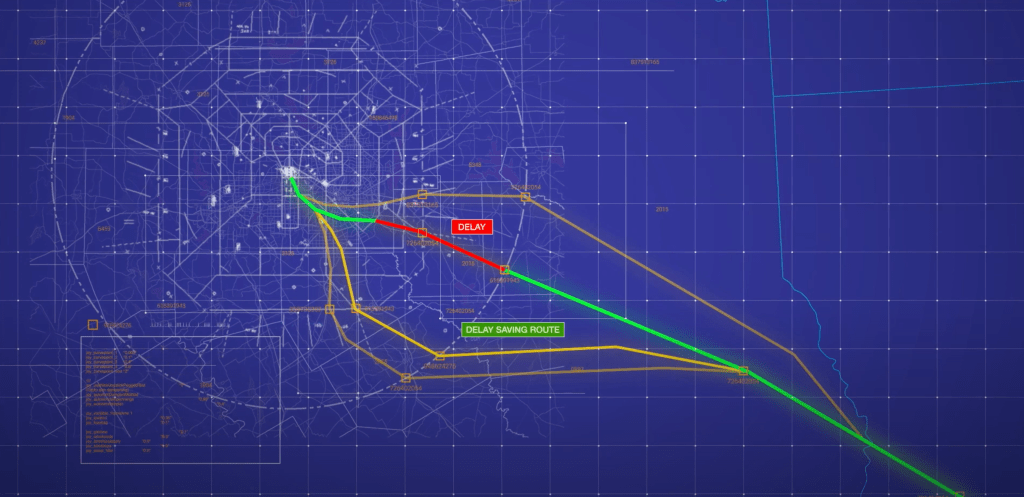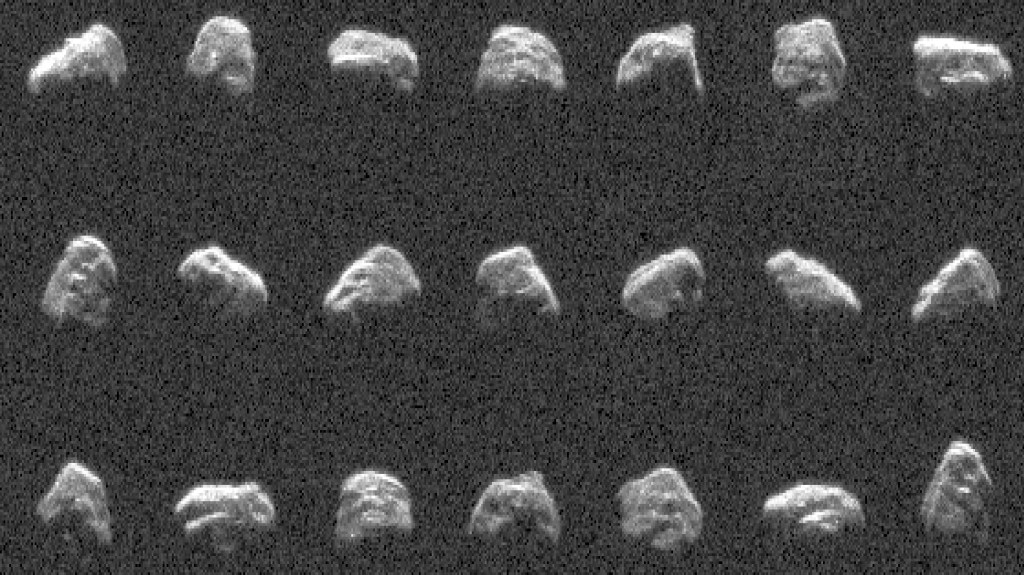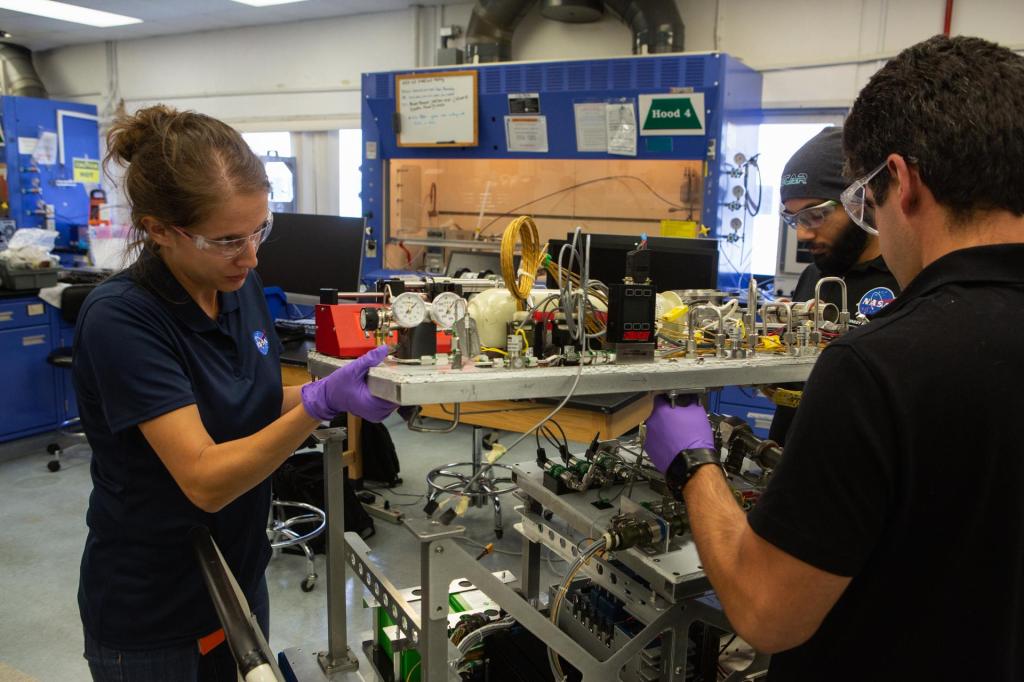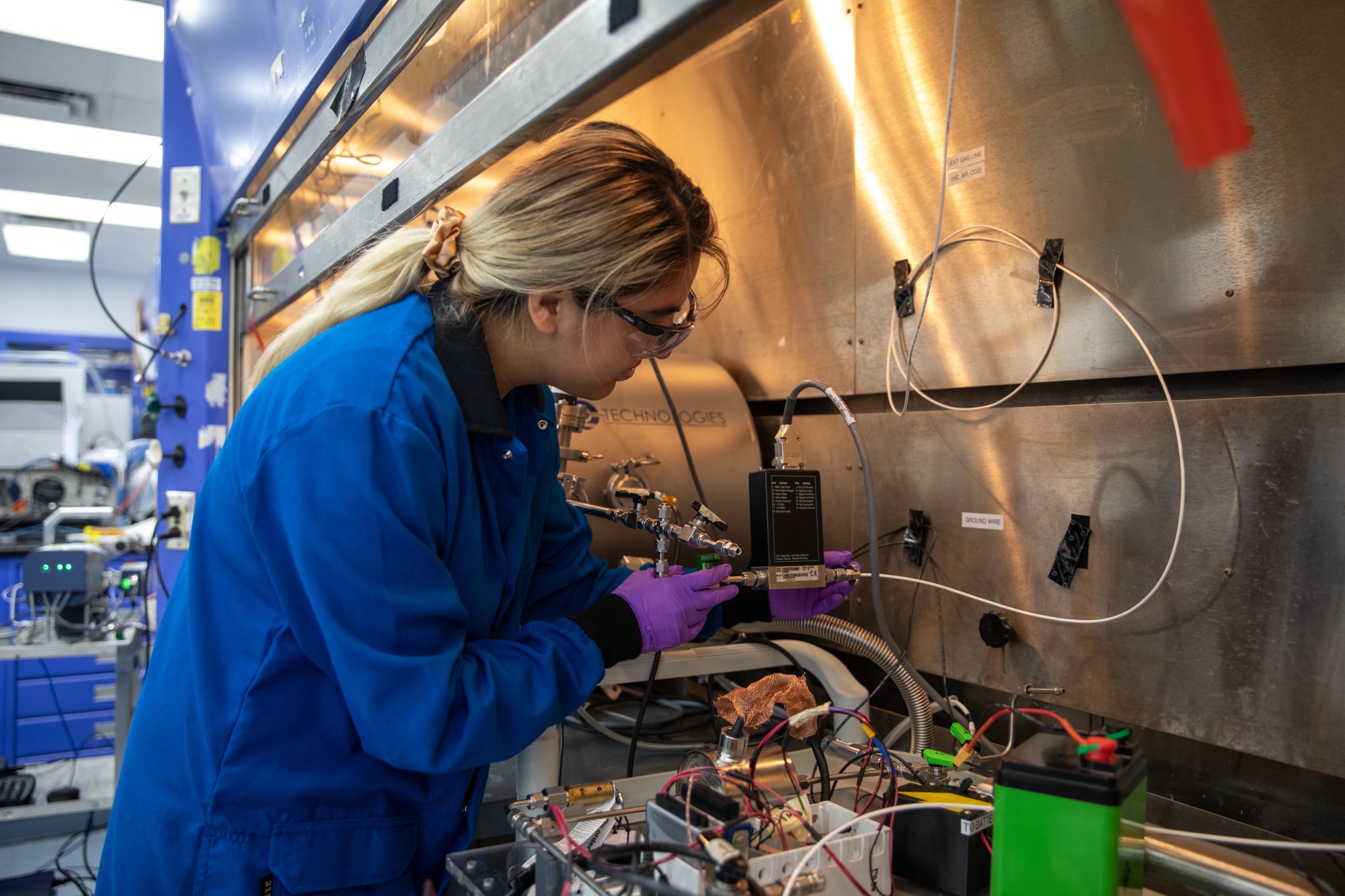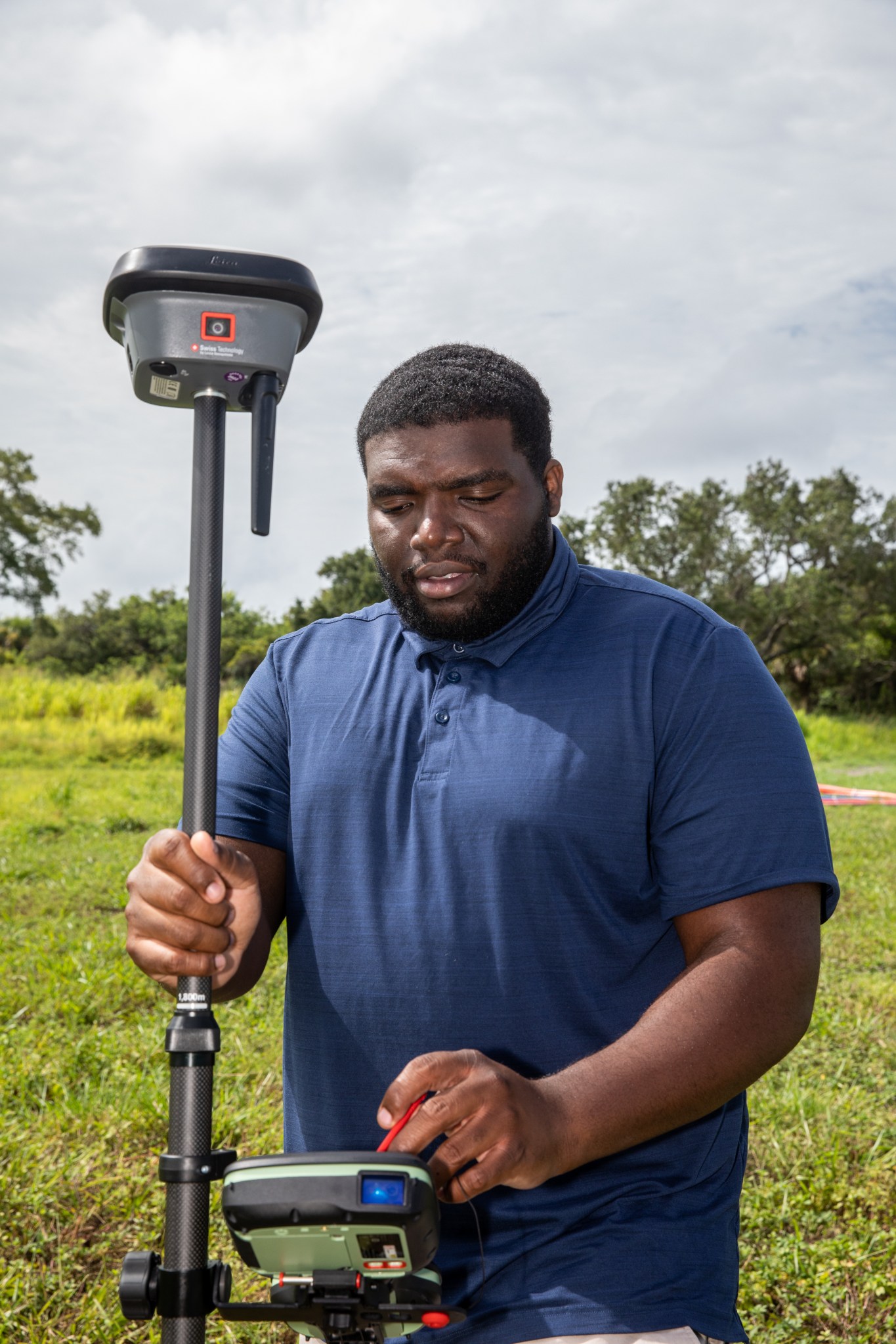By Jim Cawley
NASA’s Kennedy Space Center
It’s a fruitful and fulfilling time of year for NASA’s Office of STEM Engagement (OSTEM) as several students recently wrapped up their unique experiences at the agency’s Kennedy Space Center.
The interns and fellows, who arrived at the Florida spaceport on June 6, completed their 10-week programs on Aug. 12. Included in that group are two students who worked in Kennedy’s Exploration Research and Technology organization – Angie Huerta and Rayshaun Wheeler – as part of NASA’s Center-Based Research Experience.
Known as GEM Fellows due to NASA’s partnership with the National Consortium of Graduate Degrees for Minorities in Engineering (GEM), both students are working toward their doctoral degrees. GEM’s mission is to increase the participation of underrepresented groups (African Americans, American Indians, and Hispanic Americans) at the master’s and doctoral levels in engineering and science.
“The experience the students get here is invaluable,” said Gwen Gamble, who serves as the primary contact for Kennedy’s interns and fellowships. “It’s compact and compressed – they learn a whole lot within that 10-week span.”
Through OSTEM, NASA aims to increase STEM (science, technology, engineering and math) opportunities for students with a strong focus on diversity, equity, and inclusion. The agency’s Fellowship Activity program aligns with OSTEM’s goal to establish a well-trained STEM workforce, engaging underrepresented and underserved minority students from around the Nation. GEM fellows gain hands-on experience and are able to directly contribute to the advancement of NASA’s missions.
“Everybody is willing to help us learn and get the most out of this experience, which is just very unique,” said Huerta, who worked in Kennedy’s Applied Chemistry Labs. “It made us feel welcome here.”
A first-year Ph.D. student studying particle physics at the University of Notre Dame, where the GEM fellowship was founded in 1976, Huerta earned a master’s in physics through the Fisk-Vanderbilt Master’s-to-Ph.D. Bridge Program, which exists to improve the demographic representation of STEM fields. At Kennedy, the Dallas, Texas, native worked on plasma projects under mentor Dr. Kenneth Engeling. She worked closely on a project testing hydrogen plasma on lunar regolith simulant, which is similar to returned lunar soil samples, to explore the plasma’s reliability and efficiency potential for Artemis, NASA’s lunar exploration program. The Artemis I flight test is targeted for launch from Kennedy on Aug. 29.
“Kenneth understands that I’m coming from a different background, so he not only tried to teach me something new, but also link the whole experience together,” Huerta said. “I was able to learn from his previous experience, from his knowledge and expertise, so I can take that, expand on it, and move forward.”
A Farmville, Virginia, native, Wheeler is about halfway through his doctoral course work at the University of Virginia, previously earning his master’s in civil engineering at the school. He worked under mentor Jason Schuler at Kennedy’s Granular Mechanics and Regolith Operations Lab in the center’s Swamp Works facility.
Wheeler’s focus was on foundational work, including the Lunar Rockyard Project, where he was tasked with building an outdoor bin that simulates the Moon’s craters and rocks.
“For this project, Jason allowed me to really attack it from an abstract standpoint where I have the freedom and creative control on how I get the job done,” Wheeler said. “He gave me a clear objective to come up with a way to create a grading plan and submit it to the team.”
Wheeler and Huerta, along with other interns and fellows, also had the opportunity to participate in group-bonding activities such as a scavenger hunt at the Kennedy Space Center Visitor Complex, a Juneteenth cookout, and a tour of the iconic Vehicle Assembly Building. They also were able to experience the heart-pounding thrill that comes with viewing a launch up close.
“We’ve definitely had a chance to gain some forever-lasting memories,” Wheeler said.
Click here for more information on NASA’s student offerings, including Pathways and International Intern programs.


